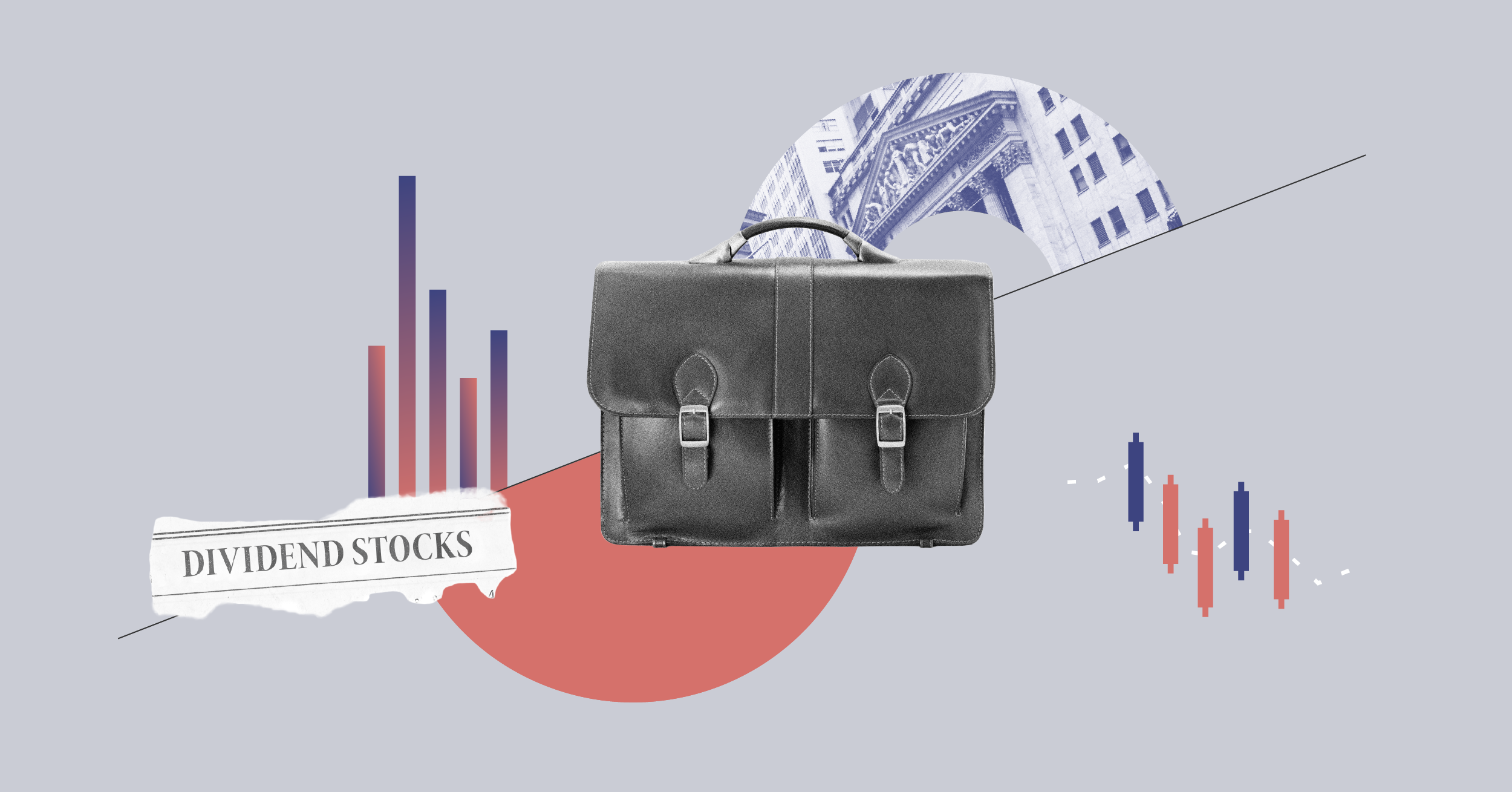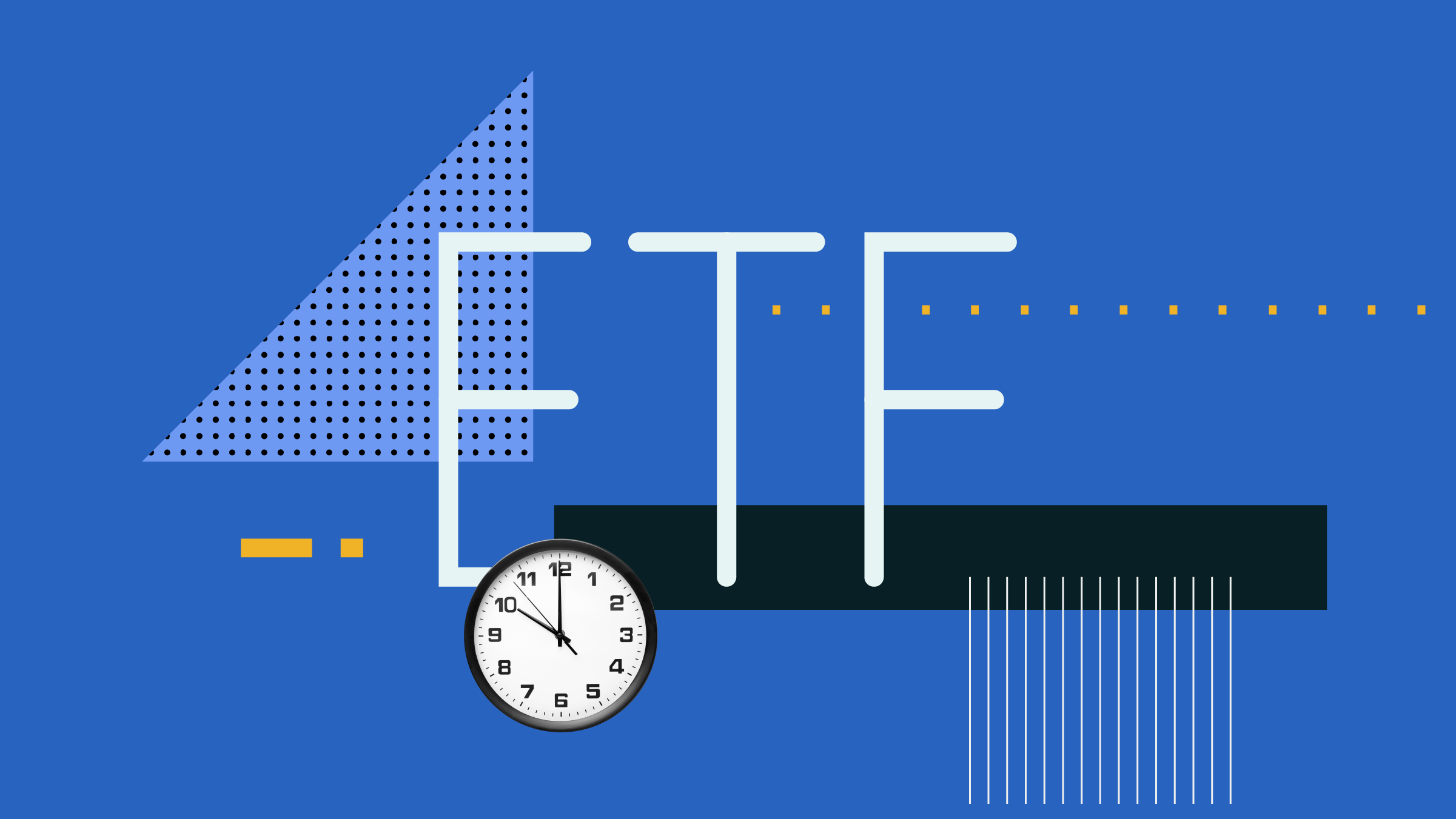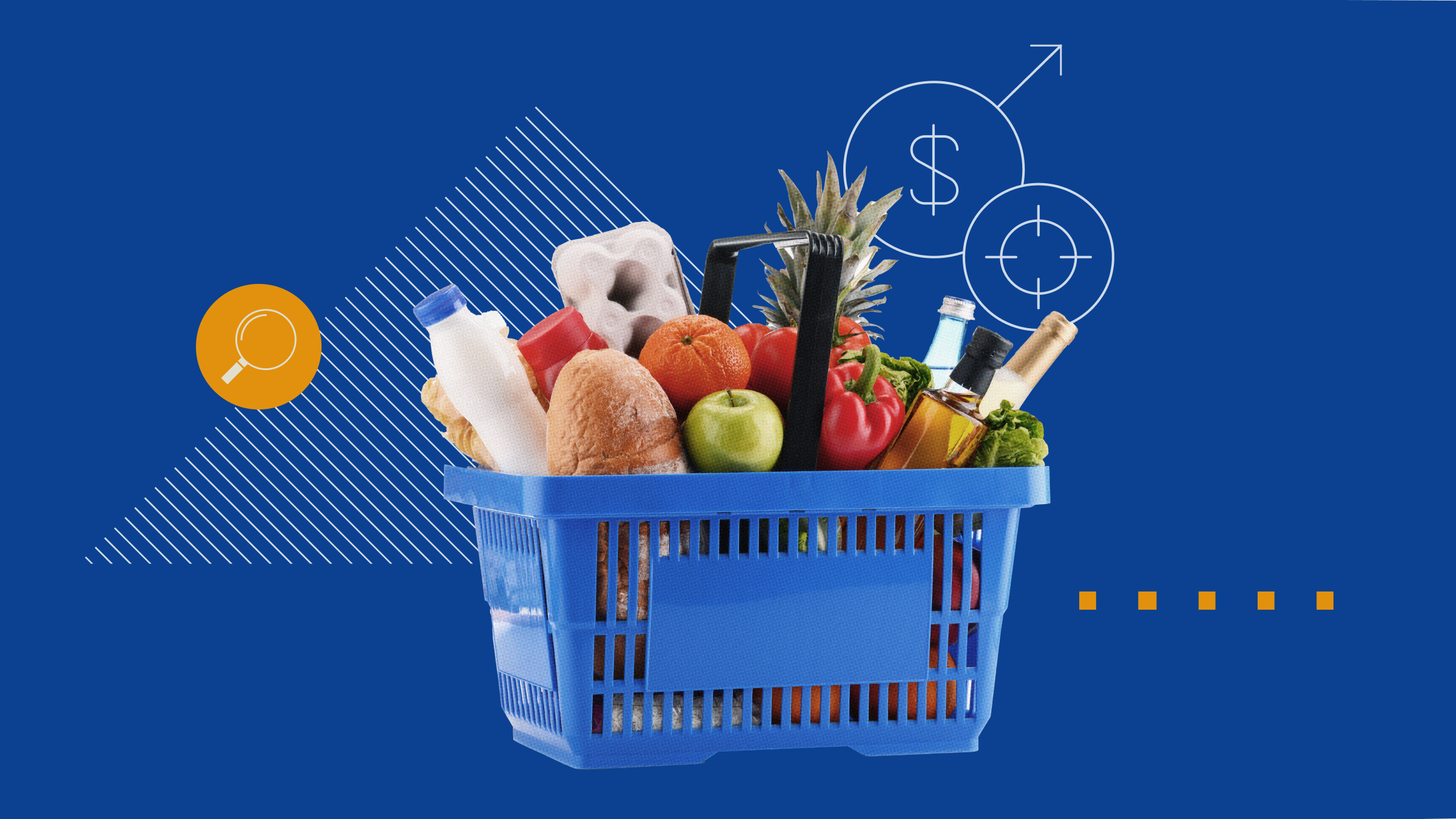After dominating the lives of taxpayers and tax accountants alike during April, May's spring rains have washed away the tax-season stress -- unless you are in the unfortunate position of being indebted to the Canada Revenue Agency.
At the least, in addition to the amount of tax owing, you will owe a penalty plus interest. But if you find you are unable to pay off your tax debt within a reasonable period -- say, a few months -- you will need to contact the CRA (and Revenue Quebec too, if you are a Quebec resident and owe provincial tax) to negotiate a repayment plan.
And if you have failed to report income on previously filed tax returns or have simply failed to file a return when you should have, you can come clean with the CRA through its Voluntary Disclosure Program.
Penalties and interest
First, let's consider the basics of penalties and interest. Any tax owing after the May 1, 2017, deadline for filing a 2016 return is subject to compound daily interest at the CRA's current prescribed rate (which is 5% per annum for the April 1-June 30, 2017, period). If you failed to file a tax return by May 1 -- or June 15 if you are self-employed -- you also must pay penalties. Right off the bat, you would be charged 5% of the amount owing, plus 1% for each month you have not filed. (For Quebec residents, Revenue Quebec levies similar penalties and interest.)
Note that the interest and penalties are calculated on the amount the CRA says you owe in your notice of assessment or reassessment. They also apply to any shortfalls in payment of Canada (or Quebec) Pension Plan contributions or employment-insurance premiums. Moreover, if you had been charged a late-filing penalty for any of the three preceding taxation years, the levels of the above-mentioned penalties for not filing a 2016 return on time may be doubled.
More severe penalties will be levied in cases where you failed to report income on your 2016 return and also for 2015, 2014 or 2013. More information is available on the CRA website.
Three ways to pay late tax bills
Clearly, being offside with the taxman can have severe financial and legal consequences. Thus, it is wise to settle up promptly, even if it means tapping your RRSP or other savings, or taking out a loan. If you lack the resources to do this, you have several options to repay over time. Regardless of which route you choose, take action as soon as possible:
Online. Set up preauthorized payments from your bank account, using the CRA's My Account online access system. To set up access, start on this page of the CRA website.
By phone. Call CRA's TeleArrangement Service at 1-866-256-1147 and follow the automated prompts. Be ready to provide your social insurance number, date of birth, as well as your net-income amount entered on line 150 of your most recent assessed return.
Contact CRA. If your circumstances are more complicated -- or you'd simply prefer to speak with an agent -- call CRA's collections centre at 1-888-863-8657. You won't be alone in doing this. More than 320,000 taxpayers made payment arrangements by discussing their situation with an agent during the 12 months ended April 30, 2017.
"The CRA's collection policy is to resolve outstanding tax debts in a mutually satisfactory way," says CRA official Lise Newton. "We encourage taxpayers to contact us and work together to develop suitable payment arrangements if they cannot pay the total amount owing immediately."
Note that by making such an arrangement, in almost all cases you will be required to repay the entire amount owing, plus interest, over a defined period. Other penalties may be waived, depending on the circumstances. "Before making a payment arrangement, you may need to show that you have tried to pay your debt in full by borrowing money or reducing your expenses," says Newton. "We may ask a taxpayer to provide proof of income, expenses, assets and liabilities to determine their ability to pay."
You'll find more information on what to do if you owe the CRA here. Information on Revenue Quebec's late-payment policies can be found here.
How to amend a past return
You can request to change your return after it has been filed by using the "Change My Return" feature in My Account, or by completing Form T1-ADJ, T1 Adjustment Request(and attaching all relevant paperwork) and mailing this package to your regional CRA processing centre. Note that if the return has not yet been assessed, you must use the form to request the change. Normally, within two weeks for online requests and eight weeks for those mailed in, you will receive a notice or reassessment documenting any changes made.
Be sure to retain receipts and records for at least six years. Even though you do not send in information slips, forms, receipts and other hard-copy documents when you file your tax return, you must keep them on file should the CRA request to see them, before or after you received the notice of assessment for your 2016 return. In fact, you must retain these records in case the CRA chooses to review your return in the future, for a minimum of six years.
More serious situations
If you have discovered a discrepancy regarding past taxes paid or returns filed, you may want to consider the CRA's Voluntary Disclosures Program. This offers you a second chance to change a tax return you previously filed -- such as if you claimed ineligible expenses – or to file a return that you should have filed.
To use the program, you must fill out an application, form RC199. Any amounts of unpaid taxes must be paid in full at the time the application is made. The CRA says it can only grant a taxpayer relief from prosecution or from paying penalties. In most cases, any tax and interest owing must be paid at the time you send your voluntary-disclosure application. Only submissions related to the 10 taxation years preceding the year of application can be considered.
"More Canadians are using the Voluntary Disclosures Program to correct errors or omissions," says Newton. Over the last five years, she adds, the number of voluntary disclosures received by the CRA has risen from 15,167 in 2011-2012 to 19,502 in 2015-2016 -- an increase of 29%. The total unreported income identified in 2015-2016 exceeded $1.6 billion. This amounts to a 95% increase over the $863 million of unreported income in 2011-2012.















